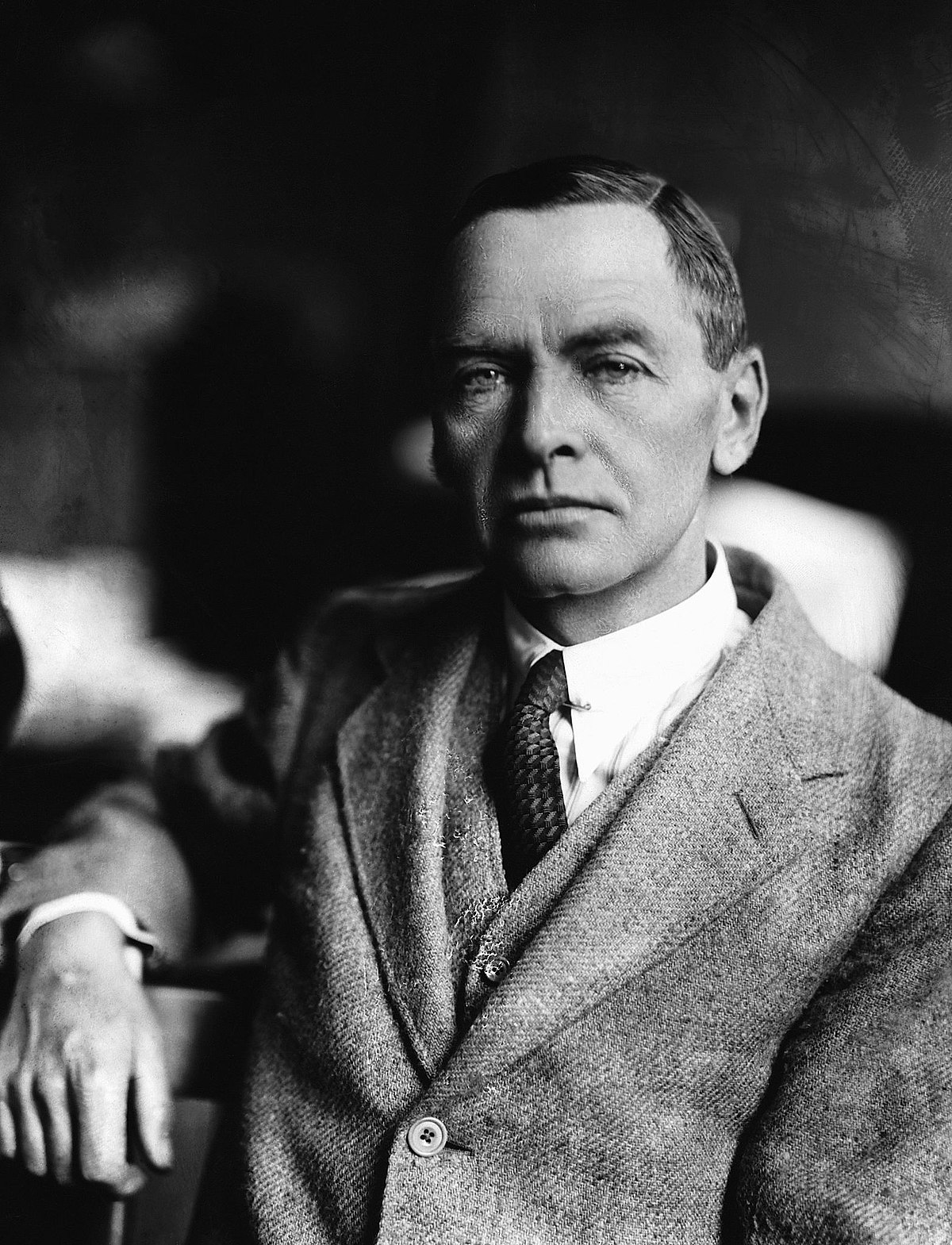Sir Leonard Woolley, (born April 17, 1880, London—died Feb. 20, 1960, London), British archaeologist whose excavation of the ancient Sumerian city of Ur (in modern Iraq) greatly advanced knowledge of ancient Mesopotamian civilization. His discovery of geological evidence of a great flood suggested a possible correlation with the deluge described in Genesis.
 The archaeologist and writer Charles Woolley (1880-1960). He led excavations in Carchemish and Ur. (Photo by ? Hulton-Deutsch Collection/CORBIS/Corbis via Getty Images)
The archaeologist and writer Charles Woolley (1880-1960). He led excavations in Carchemish and Ur. (Photo by ? Hulton-Deutsch Collection/CORBIS/Corbis via Getty Images)
From 1907 to 1911 Woolley served with an archaeological expedition near Wadi Halfa, Sudan, an area rich in Egyptian antiquities. With T.E. Lawrence (“Lawrence of Arabia”), he conducted the principal excavation of the Hittite city of Carchemish in northern Syria (1912–14) and recorded his findings in Carchemish (part 2, 1921, and part 3, with R.D. Barnett, 1953). He then worked at Tell el-Amarna, capital of the Egyptian king Akhenaton.
His excavation of Ur (1922–34), conducted for the British Museum, London, and the University of Pennsylvania, Philadelphia, enabled scholars to trace the history of the city from its final days during the 4th century BC back to its prehistoric beginnings (c. 4000 BC). Woolley’s findings revealed much about everyday life, art, architecture, literature, government, and religion in what has come to be called “the cradle of civilization.”

One of his most dramatic discoveries, royal tombs dating from about 2700 BC, disclosed the practice of the sacrificial burial of a deceased king’s personal retinue. With the help of contributors, he began publishing a projected 10 volumes of Ur Excavations in 1927. His other books include The Sumerians (1928), Ur of the Chaldees (1929), and Digging up the Past (1930).
Woolley also sought to establish a relationship between the civilizations of Mesopotamia and those of Greece and the Aegean. To this end, he excavated at Tell Atchana (ancient Alalakh) in southeastern Turkey north of Antioch (1937–39 and 1946–49). There he discovered the remains of a small kingdom of largely Hurrian population and levels of habitation dating back to the 4th millennium BC. His findings appeared in Alalakh, an Account of the Excavations at Tell Atchana in the Hatay, 1937–1949 (1955) and A Forgotten Kingdom (1953). He was knighted in 1935.